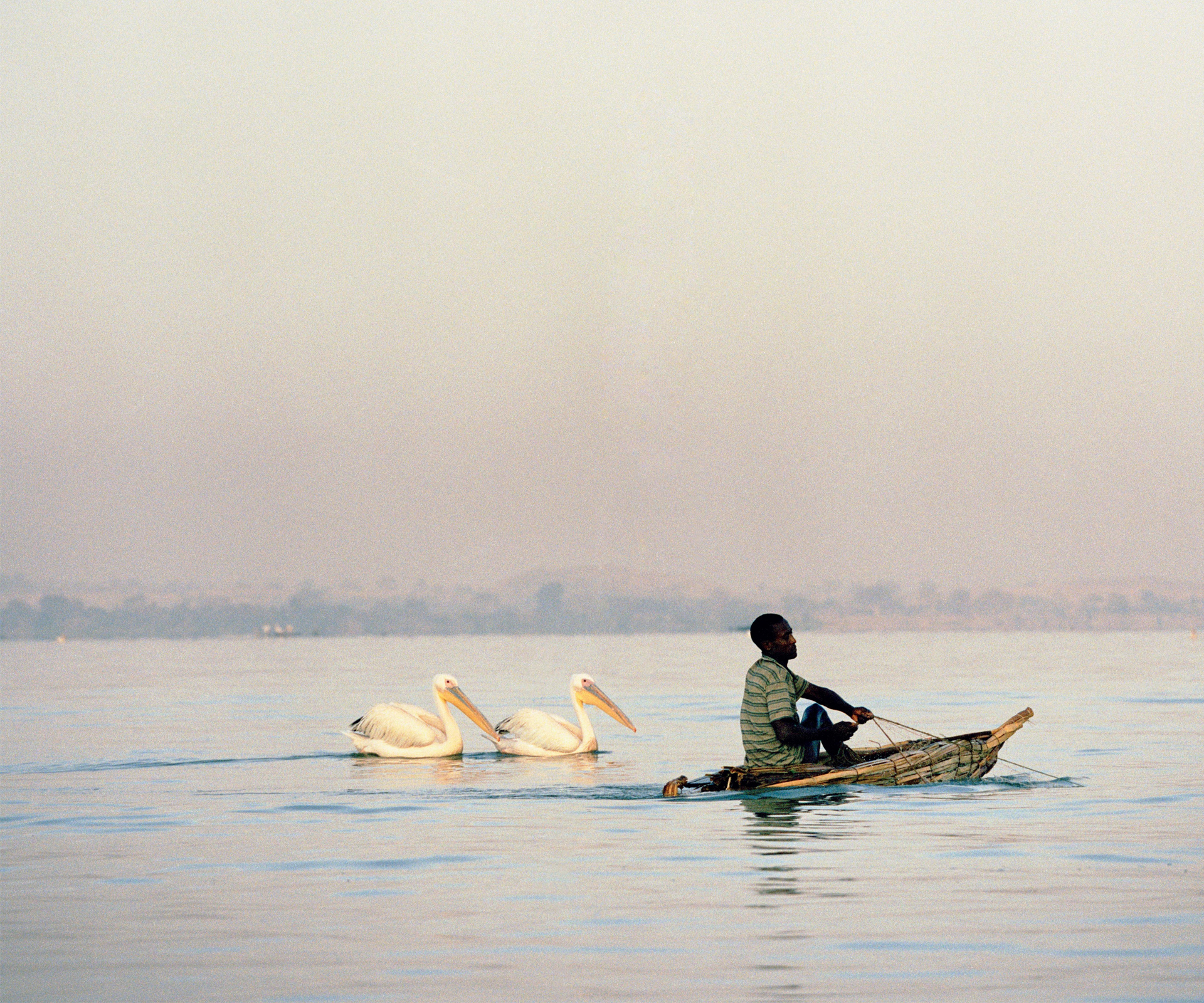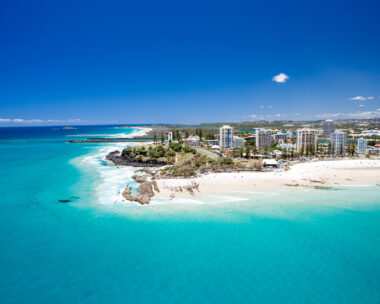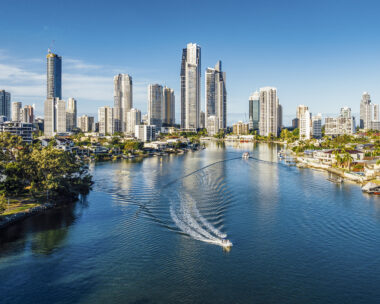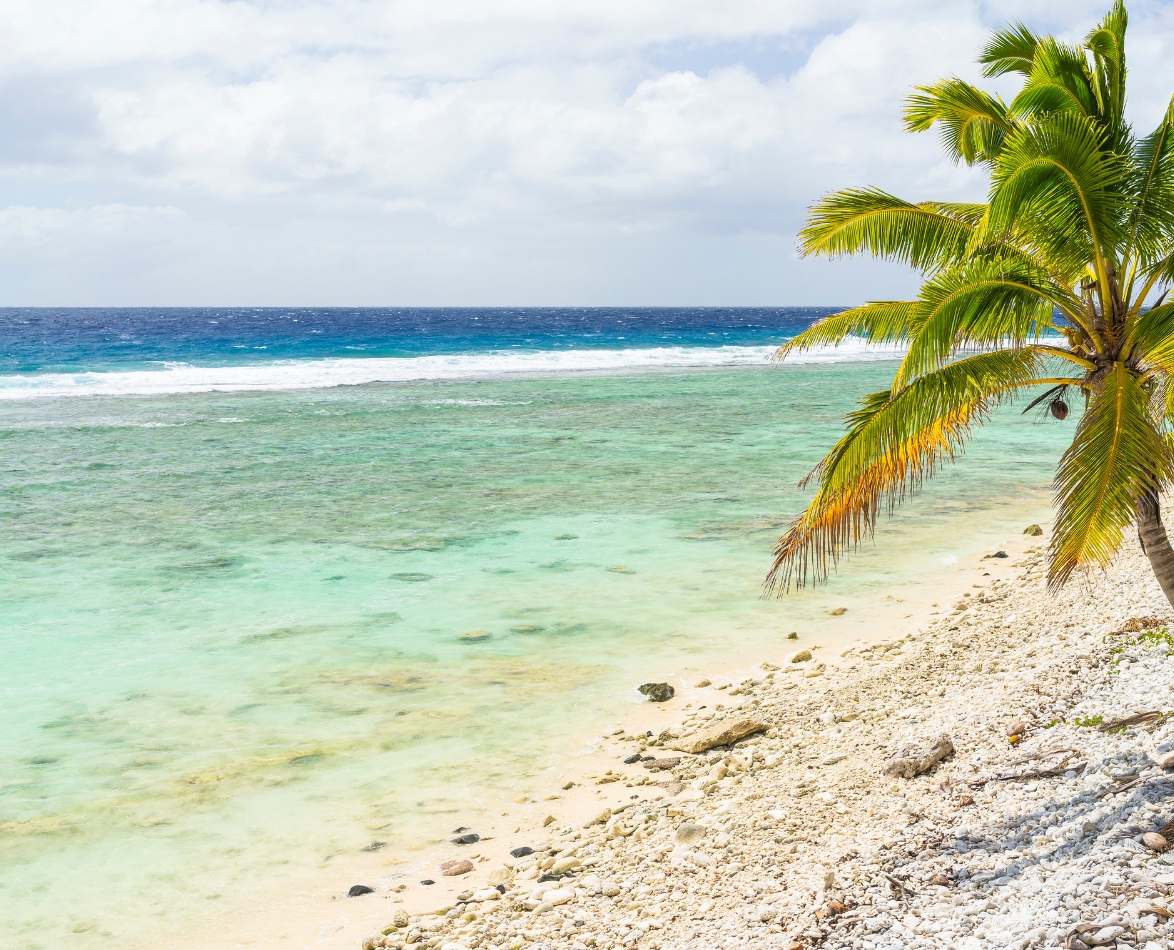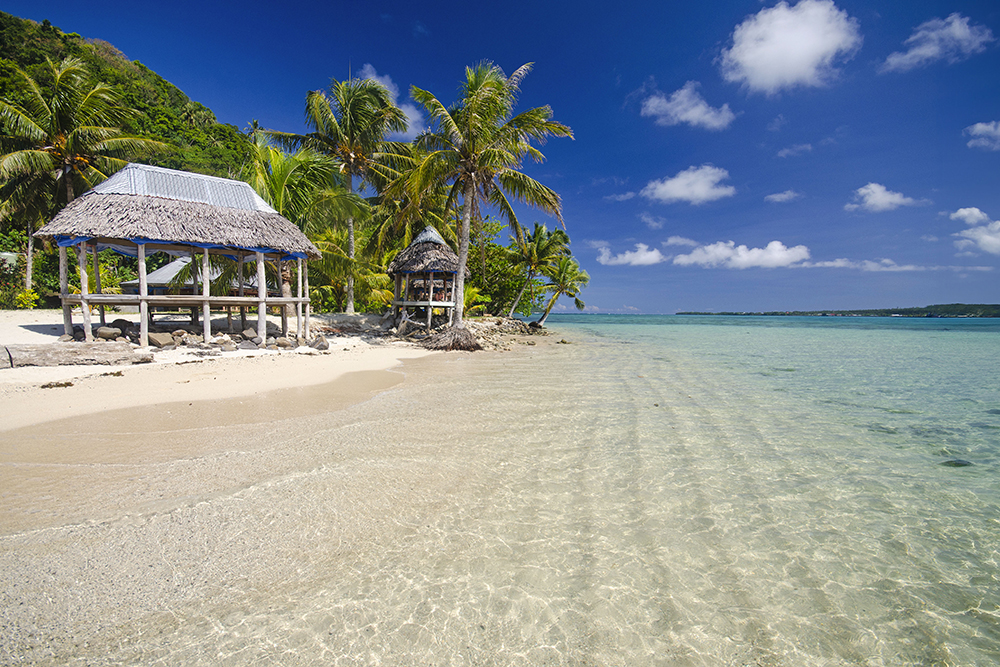It’s certainly had its problems, but when Yvonne van Dongen visits Ethiopia – a country defined by its religious history and shaped by vast geological formations – she finds that humanity and nature provide a surprising diversity of attractions.
Perhaps the most gratifying aspect of a trip to Ethiopia is that, for once, people really and truly want to see your pictures.
Since my return I have had four photo evenings – by request no less. Despite a 25-year career in travel, this has never happened to me before. Sadly, I fear my friends’ uncharacteristic curiosity is simply because the country’s name is so loaded – mostly in a bad way. People remember the famine of the 1980s, the war with Eritrea in the 1990s and now there’s Ebola. Or so they believe.
So they’re all wondering, ‘What the hell? Why go to such a difficult country?’
Some reasons are personal. My favourite Dutch cousin suggested meeting in Ethiopia since she has a friend who runs tours there. Other reasons are romantic and probably peculiar to me. Before he died, I met travel writer Sir Wilfred Thesiger, who was at the coronation of Ethiopian emperor Haile Selassie and wrote about Ethiopia of the 1930s and 40s. I wanted to see the place he wrote about so eloquently.
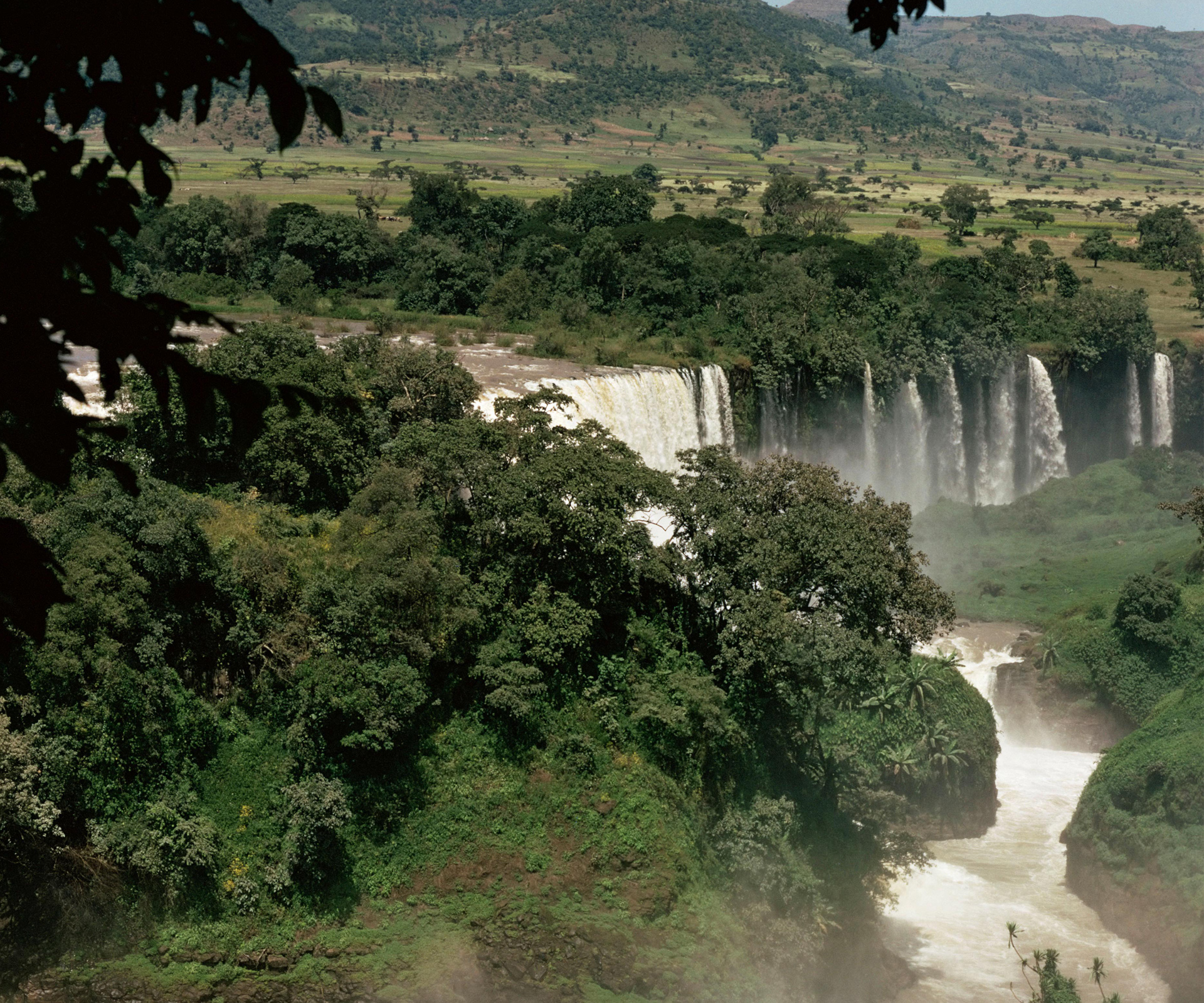
Tis Issat Falls on the Blue Nile river.
I’m also fascinated by Ethiopia’s religious history. Judaism, Christianity and Islam arrived in Ethiopia during early formative periods. In fact, after Armenia, Ethiopia was only the second country in the world to convert to Christianity.
Plus Ethiopia is home to the world’s fourth holiest Islamic city, Harar, and more recently, became the African HQ of their newest religion, Rastafari.
I’m not worried about Ebola because the disease is concentrated in west Africa and Ethiopia is in the east.
So yes, I’ve got my reasons, which may not be anyone else’s, but that doesn’t mean the country wouldn’t appeal to pretty much everyone I know. It’s not without its challenges though.
For a start, there’s its size. Ethiopia is huge. The size of France and Germany combined, Ethiopia is blessed with vast gorges and mountains created by The Great Rift Valley, a geographic trench running through the country. And since the roads are often rugged and public transport dangerous and minimal, the best way to travel is by private jeep.
This is expensive. It costs about $US250 a day to hire a jeep and a driver. Also, tipping is a necessary evil and local guides are required in most tourist stops. Hotels can be pricey for what they are, but an excellent coffee costs as little as a dollar, and a meal from $5-15.
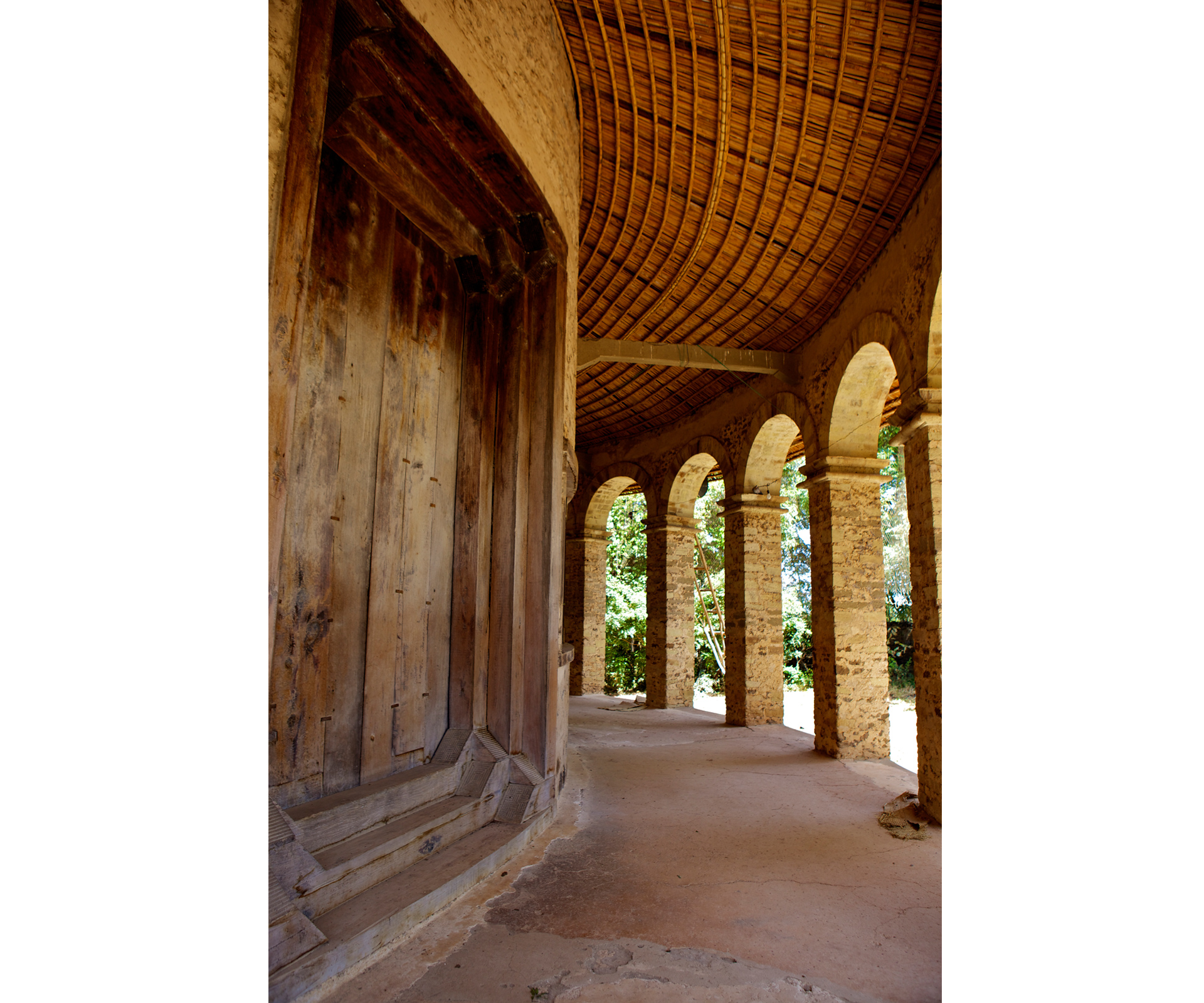
An island monastery on Lake Tana.
It’s best if you can share the cost of the jeep with others, so in our Toyota Land Cruiser there’s me, my cousin, the driver, her guide friend and a Québécoise woman we found on a Lonely Planet website.
We are touring the northern historical route. This is a well-worn loop from Addis Ababa to the major historical sites and back to Addis again – a trip of some 2800km.
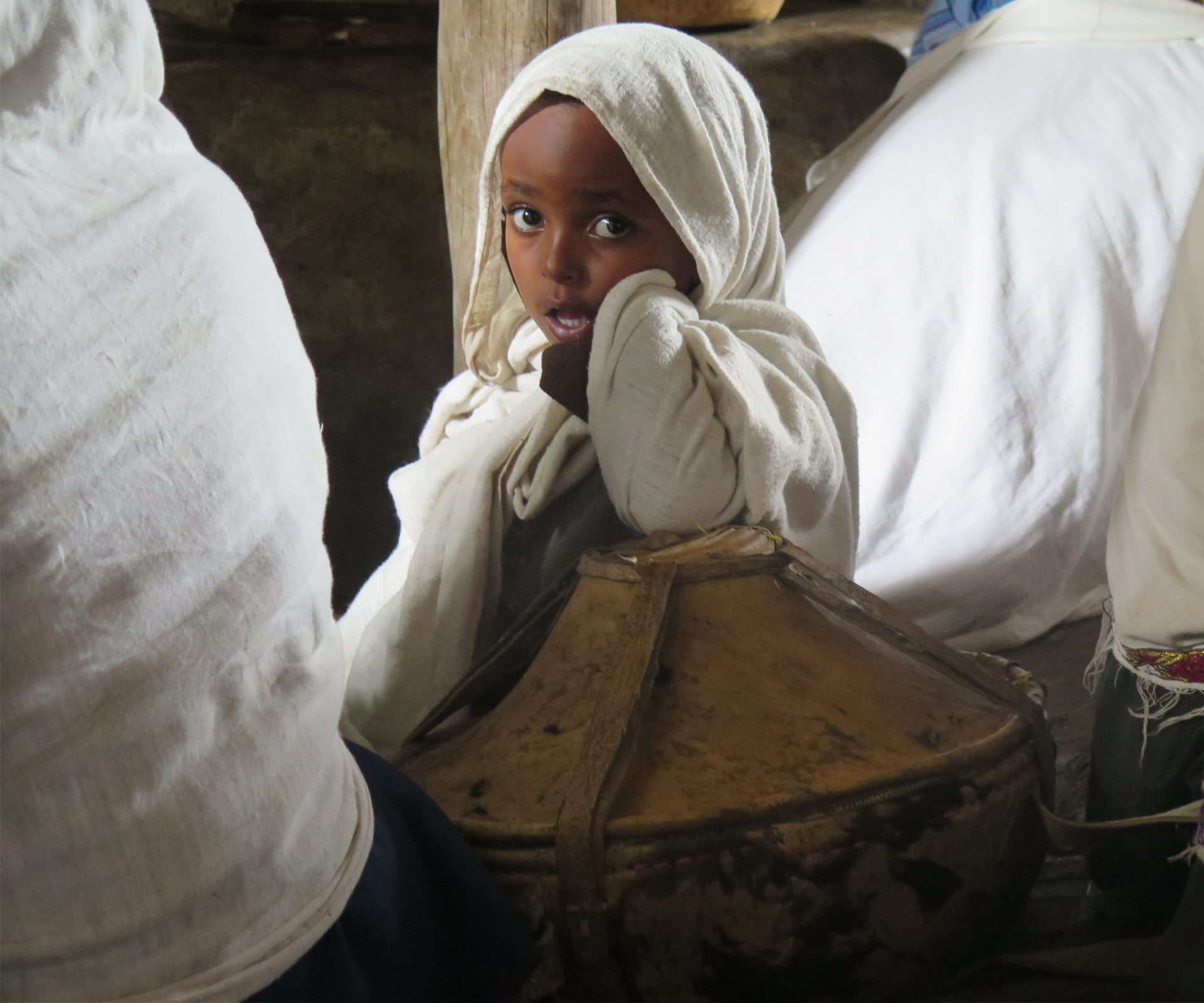
The many cultures of Ethiopia create a rich tapestry of life in this African country.
The tour involves long days, but the sights of the green fertile land, plummeting gorges and heavily peopled roads are mercifully distracting. Everyone in Ethiopia walks, most often to get water, and the people have excellent posture.
Roads are thick with strolling folk, mini-vans, trucks, donkeys, camels, long-horned cattle, long-eared Biblical sheep and goats. Before long we realise we will never be alone in Ethiopia. Even when we stop in what looks like a remote spot, we are soon surrounded by curious locals.
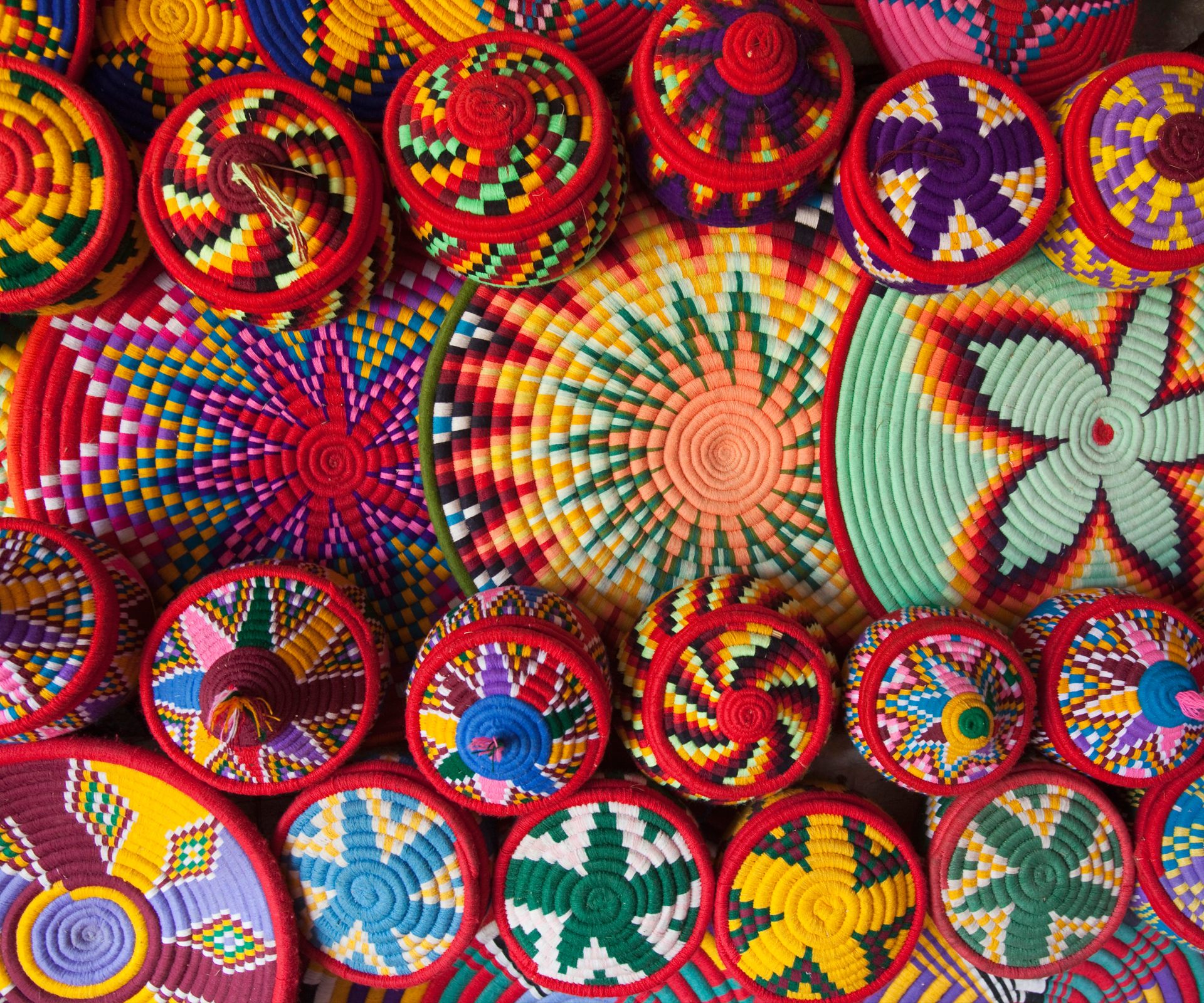
Products for sale include brightly coloured basketware.
It takes two days to get to our first major stop, Bahir Dar, on the edge of Lake Tana, the country’s largest lake.
While the birdlife here is abundant, most people, including local pilgrims, come to view the many island monasteries dating back to the 15th century. Ethiopia is an extremely devout country with Christians only just outnumbering Muslims.
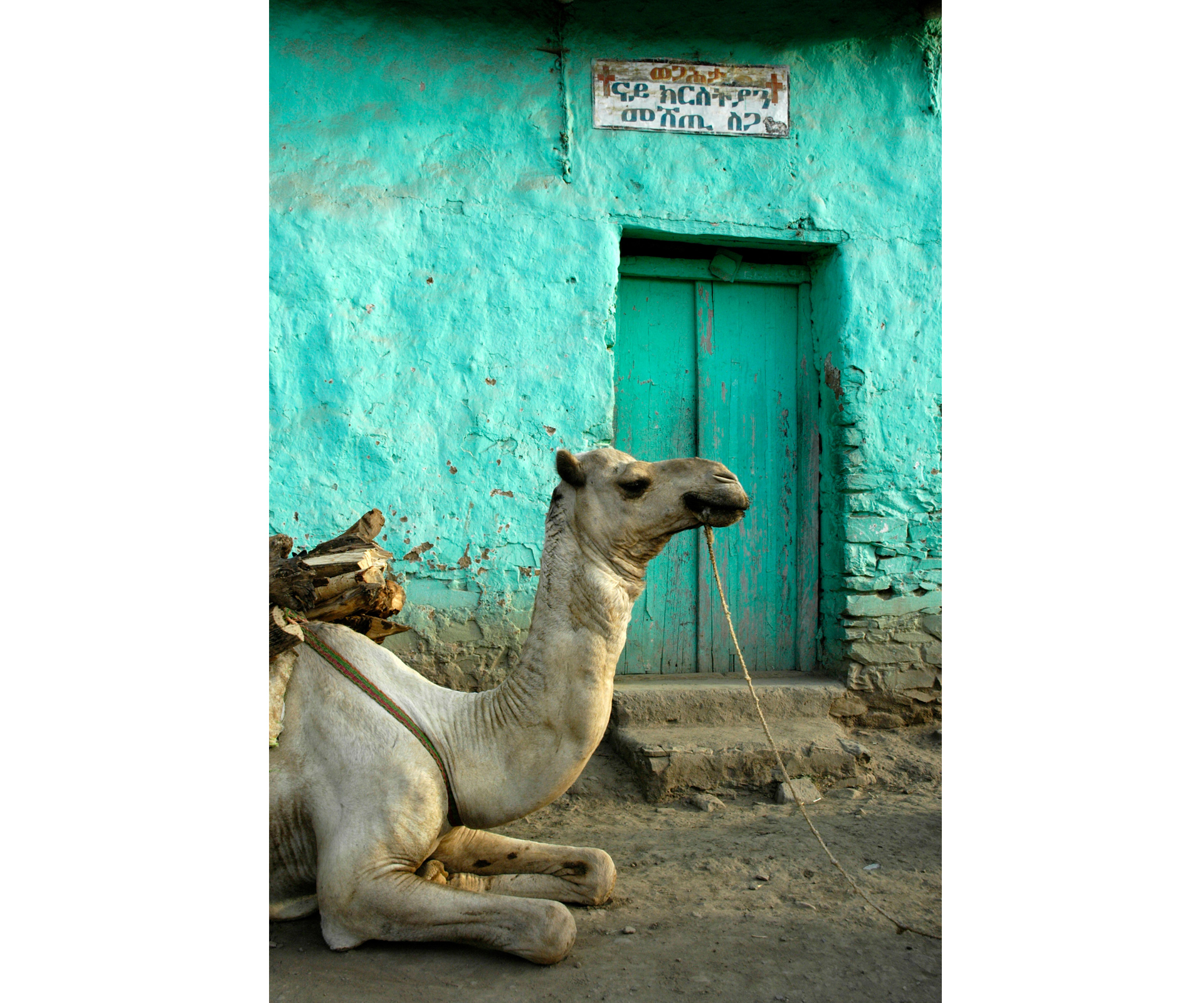
Camels are a common sight on the roads.
At Bahir Dar, we hire a boat to ferry us to the main islands, where we join a line of pilgrims draped in holy white shawls walking to one of the churches.
Immediately we are struck by the building’s distinctive shape. Modern Ethiopian churches are circular structures with square wooden interiors housing a replica of the Ark of the Covenant. Only priests may enter this inner sanctum. But the most remarkable feature of these churches is the walls festooned with vibrant paintings of saints and other religious figures.
Pilgrims wander around the church, intermittently prostrating themselves before the paintings. Lake Tana is also the source of the Blue Nile, a major tributary of the Nile river. As the sun starts to set in the sky, we cruise back across it, accompanied by a flotilla of pelicans.
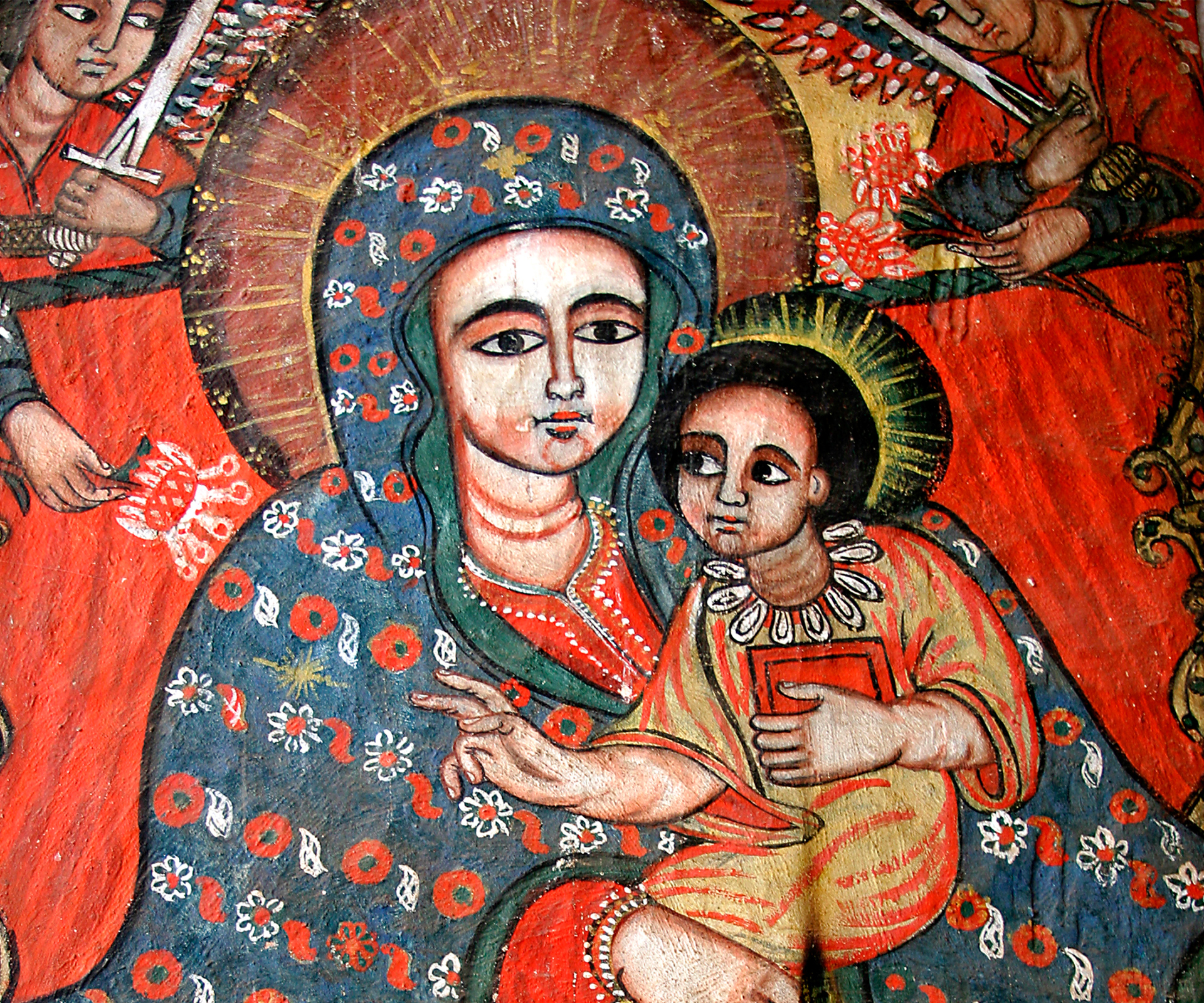
We find it’s surprisingly comfortable temperature wise. Mostly, temperatures are in the low 20s, but when we drive to the Simien Mountains the following day it is even cooler. The highest peak here is Ras Dashen, the fourth highest in Africa. At 4620m it surpasses Mt Cook.
Once again, it is a bird paradise, with more than 900 different species. White-necked ravens soar up from gorges and escarpments and the huge wingspan of the lammergeyer is breathtaking.

A permit is required to visit the Simien Mountains National Park (a World Heritage Site) and thankfully we have one, as we’re eager to trek to see long-haired gelada baboons. Bog-standard baboons can be spied in many spots in Ethiopia, but only the Simien has geladas.
These baboons have a pink heart on their chests instead of the usual naked pink bottom, and with their long manes they look like lions as they move in packs across the hillside, grubbing in the dirt for food. They take absolutely no notice of us as we lie in the long grass watching. It’s a magical afternoon.
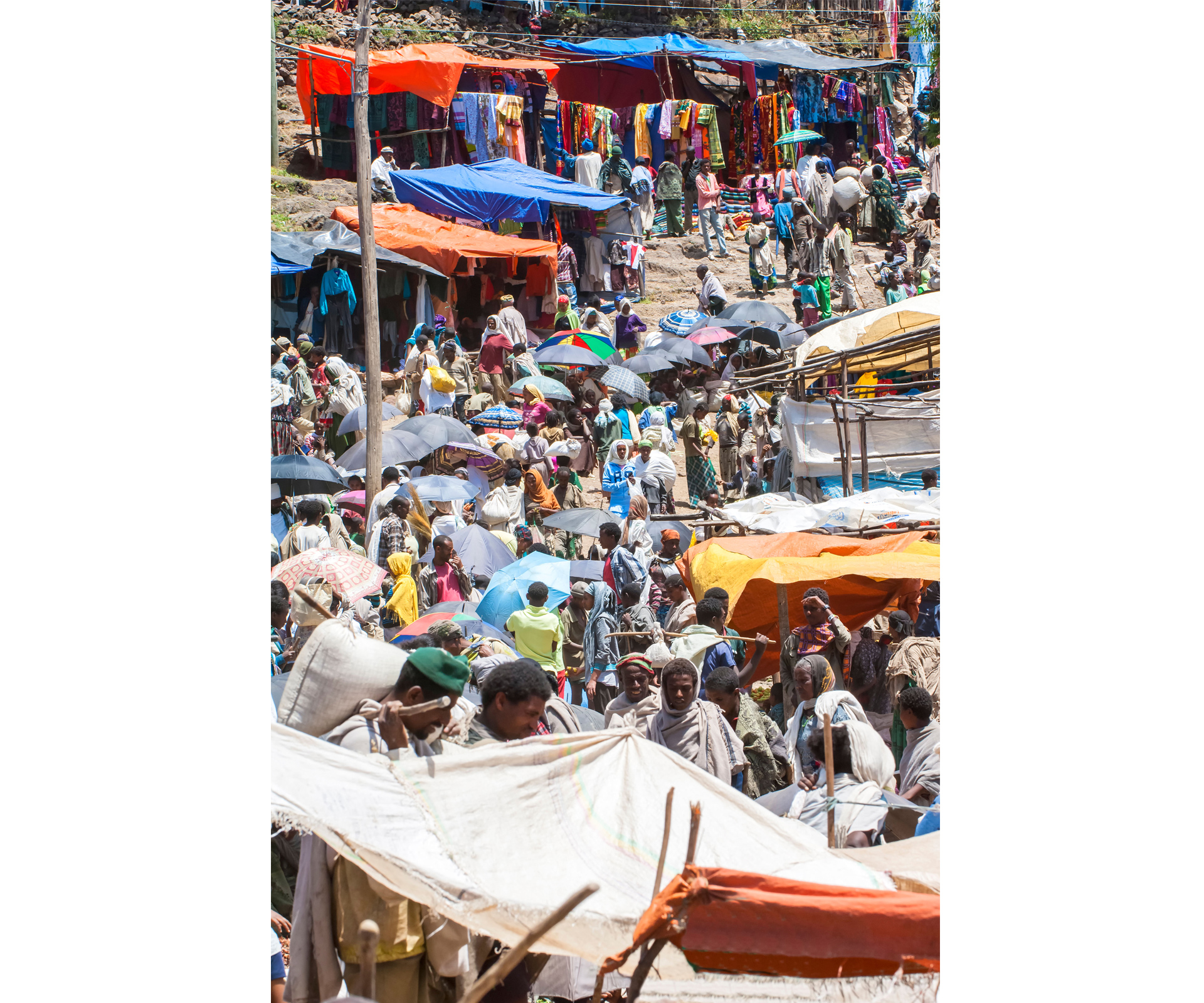
Next stop: Gondar. At the foot of the Simien Mountains, Gondar was once a capital city founded in 1634 by Emperor Fasileados – and what a surprise it is.
It’s like being transported temporarily to Europe, mainly because the architecture of Gondar’s many ruined castles and palaces was derived from medieval Spanish and Portuguese traditions.
Axum is our northernmost stop. This World Heritage Site was once the centre of a great empire. Here we see: fields of huge monolithic stele, carved and erected at the beginning of the 4th century, and made from single pieces of granite up to 33m long; the palace ruins of the Queen of Sheba and King Kaleb and his son; ancient stone inscriptions and tombs of different Axumite kings; as well as the St Mary of Zion church, said to house the original Ark of the Covenant.
The Ark is looked after by a priest and no one but he is allowed to view the stone on which the 10 commandments were written and handed to Moses, but that doesn’t matter. All Ethiopia believes.
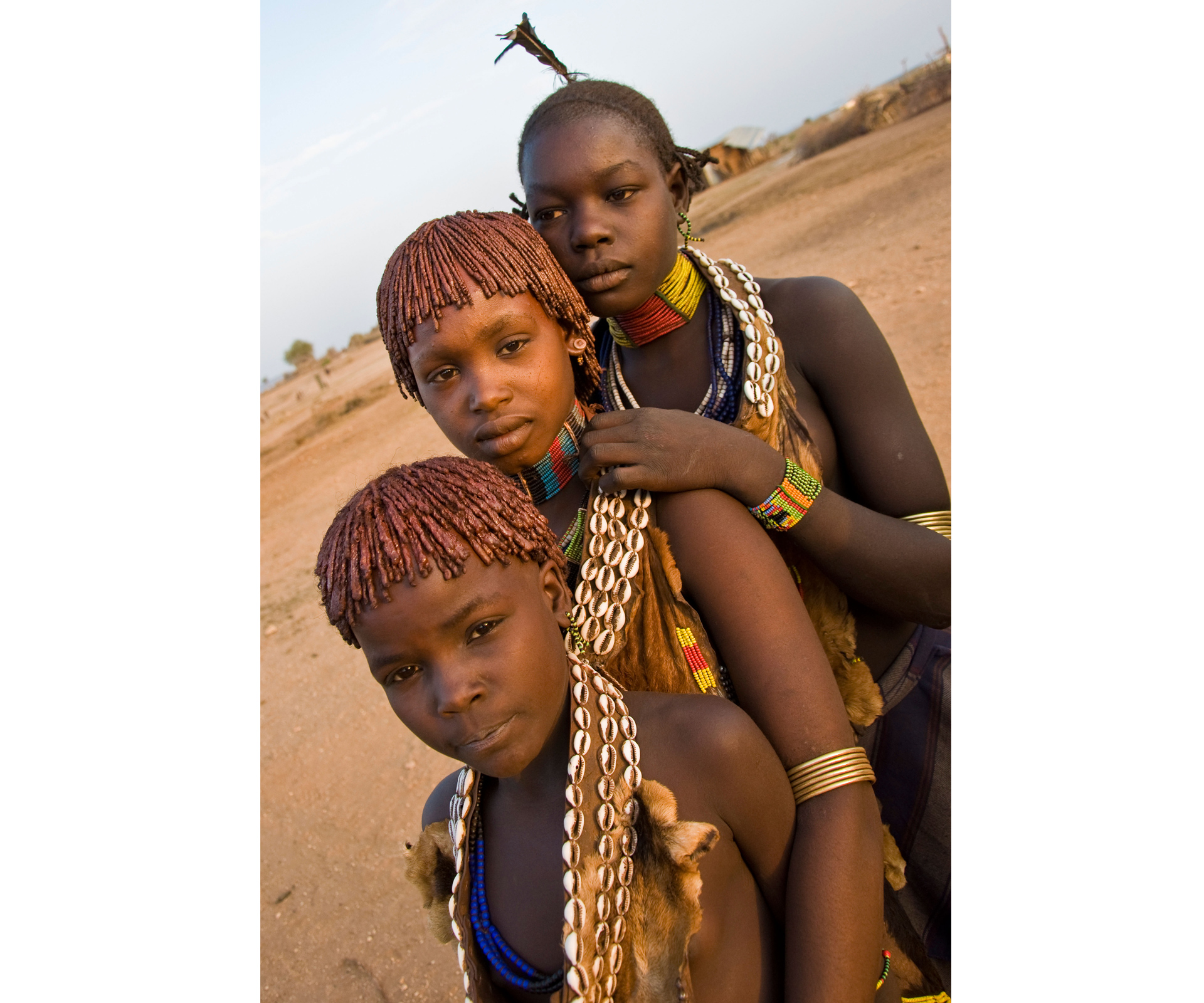
Finally we arrive at the pièce d’résistance of this tour – Lalibela.
Lalibela’s 13 rock-hewn churches are widely considered the Eighth Wonder of the World. Many are carved into rock-faces high up cliff walls, some are hewn out of the ground from a single monumental rock and others can only be reached by abseiling. Hundreds of such churches, dating from the 4th to the 17th century, are scattered throughout the region.
Many have books, scripts and paintings dating back centuries, yet curatorship is casual – in some places we were allowed to touch thousand-year-old goatskin religious books.
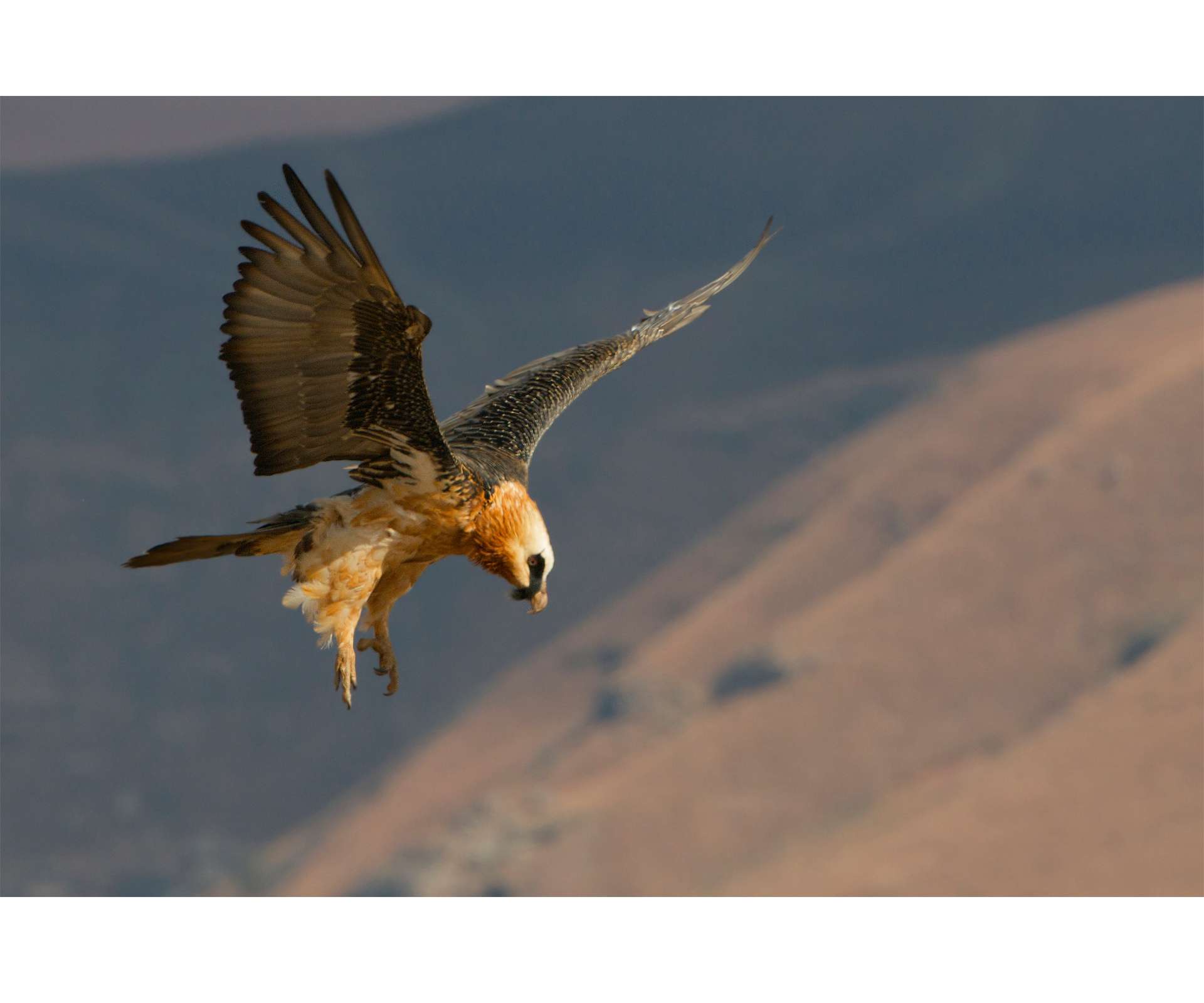
The lammergeyer, also called the bearded vulture, has an impressive wing span.
By the time we get to our final stop, Ankober, we’re almost relieved to find there’s not much of historical significance to see – just the remains of an old wall and the replica of a palace, which also forms the basis of our accommodation.
It’s elevated and pleasantly cool, so we enjoy walking through fields and villages, where we are invited to drink the potent local brew and eat the ubiquitous local food, injera. Injera is a thin sour pancake the size of a bicycle tyre, on which meat and vegetables are placed. It’s eaten at breakfast, lunch and tea.
I never grow to love injera but I do love the coffee ceremony. Coffee was first domesticated in Ethiopia, and wherever we stop, startlingly glamorous Ethiopian beauties offer coffee. The ceremony takes an hour and involves much ceremonial sniffing of roasted coffee beans, grinding, boiling and finally three pourings of the inky black brew.
Finally we get back to Addis Ababa and, yes, one last dose of history. The 3.2-million-years-old remains of an upright hominid, which scientists nicknamed Lucy, are on display at the National Museum. Lucy was found in Ethiopia’s north-east in 1974 and for a while held the title of oldest known upright hominid – she’s since been trumped by other discoveries.
We mark our final night with an Ethiopian-style celebration involving a meal and traditional dance show. We’ve already been to local bars where we’ve drunk honey mead and tried to join in their strange shoulder-shaking dance, but we never do master the movements. I swear you need dislocated shoulders. No matter how long we practise jerking our shoulders forward and back, we always look like we have the hiccups.
The show is great, but alas we’re too tired for a grand finale blow-out. The long days and many sights have taken their toll. I’m tired, too, of grubby bathrooms and the shortage of toilet paper. Sometimes I consider using the filthy banknotes, but they look too dirty even for that.
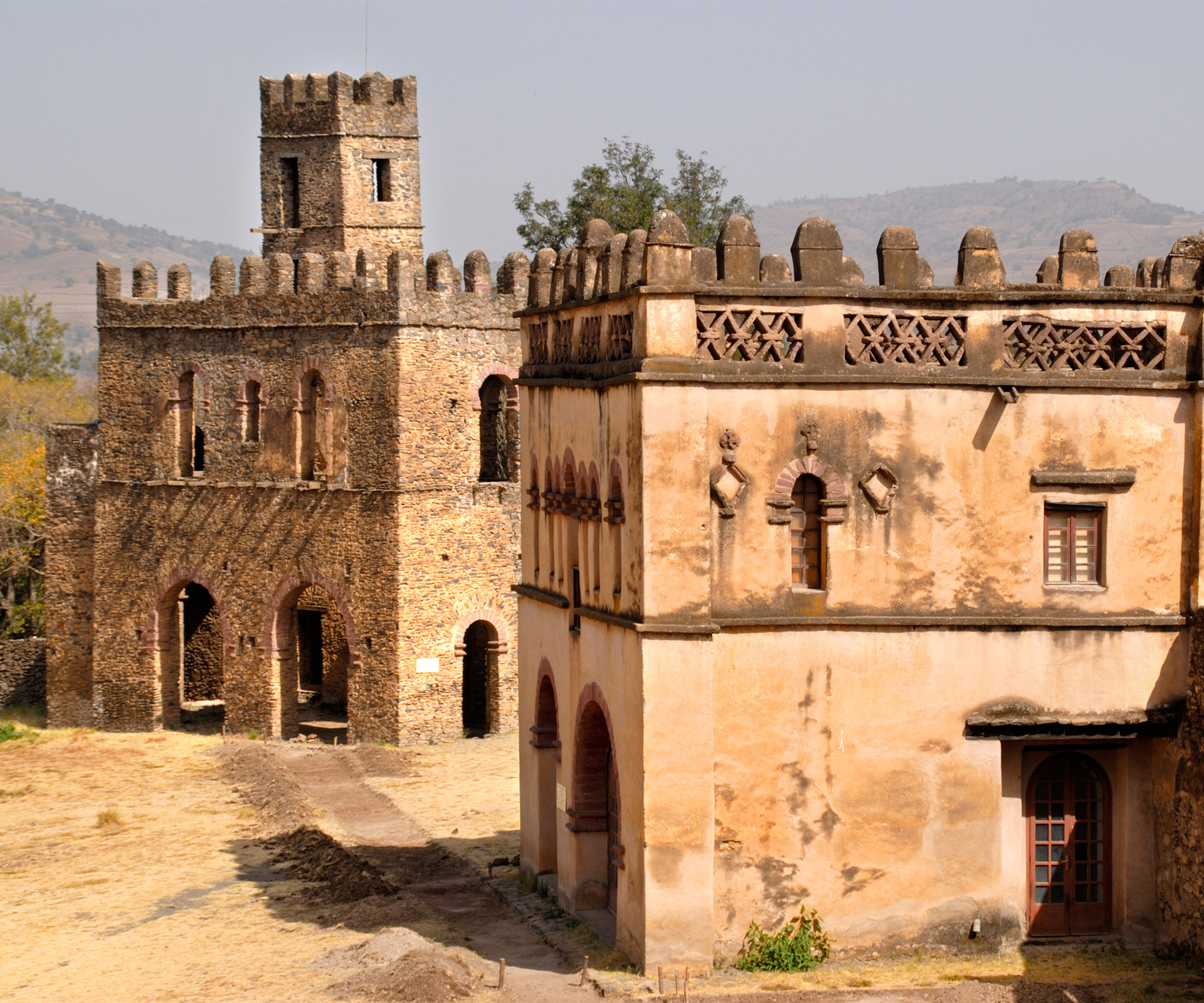
One of the historic palaces in Gondar.
It’s been an extraordinary trip and we’ve only seen a fraction of Ethiopia’s treasures. Many of her secrets have yet to be revealed, as the majority of the country has not yet been excavated, and we haven’t visited the volcanic north-east or seen the 80-plus tribes down south.
But Ethiopia has the best history. Every day we heard stories that sounded like pure myth, only to find they often contained kernels of fact. I may never know if Jesus and Mary really did spend 10 days in exile at Lake Tana or if Tolkien got the name Gondor from Gondar or if the Ark of the Covenant is really in Axum – even if each guide swears it’s true, but I do know that for sheer surprise, for living history and jaw-dropping sights, Ethiopia is hard to beat.
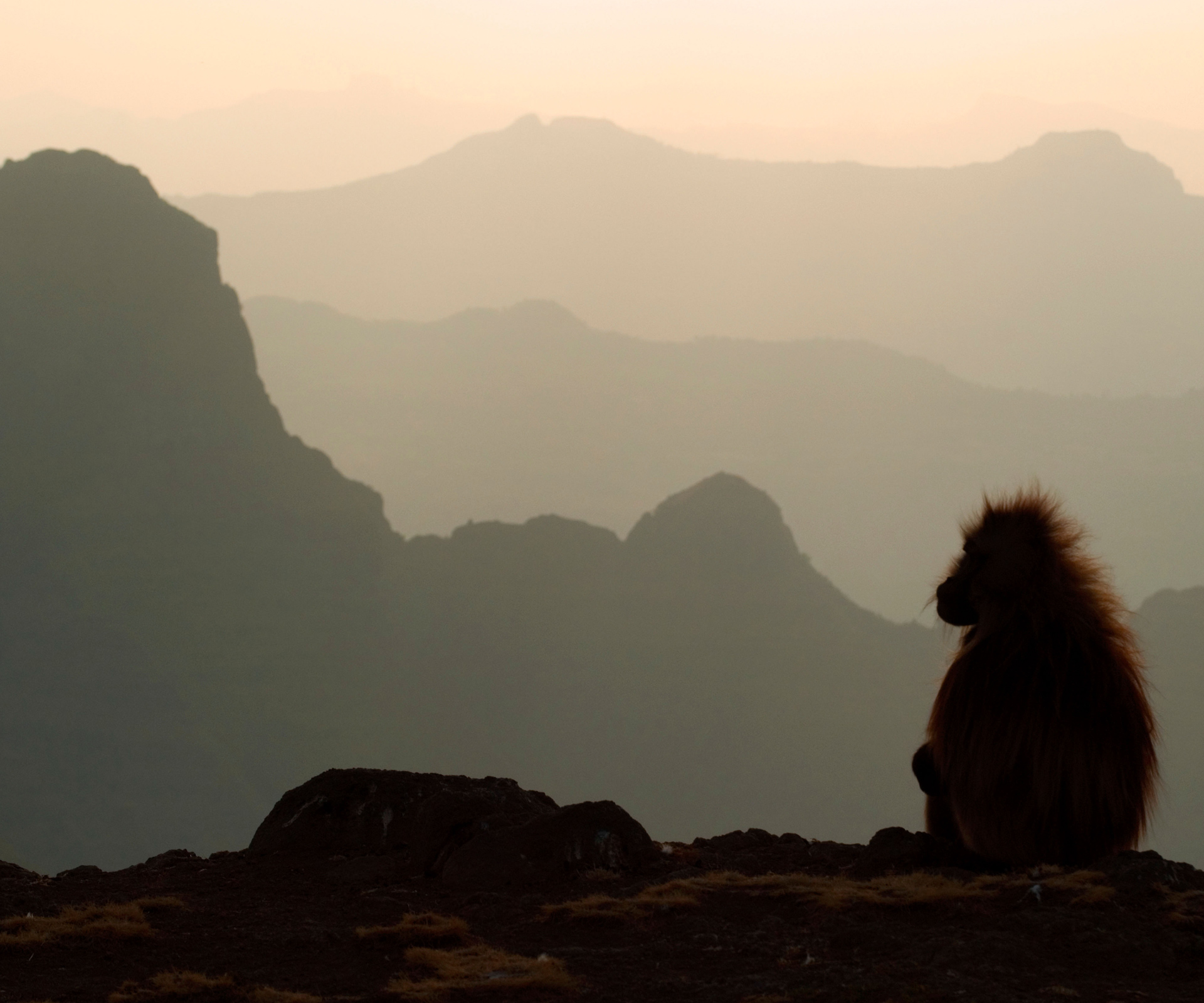
A gelada baboon silhouetted in the fading light.
Five things to consider before travelling to Ethiopia
1. When to go: Avoid rainy May to October. From November on, the weather is comfortable and dry, and December and January are good months to consider. Christmas celebrated by the devout is something to behold and the feast of Epiphany celebrating Christ’s baptism on January 19 is a three-day festival said to be Ethiopia’s most colourful.
2. How to travel: Using a tour company is the safest, easiest, most reliable way to travel. I travelled with Arief!reizen and also Tatu Tours, but there are many others. Research before you go.
3. What to pack: Good solid walking shoes – for the city’s crumbling streets and the countryside’s rocky terrain.
4. How to pay: This can be tricky. Outside Addis there are few ATMs and even in Addis finding one that works and takes your card can be a mission. A mix of credit card and US dollars is best. Beware: hotels don’t have safes so if your money is stolen while you are swimming, the insurance company won’t help, as I discovered. Money should be on your person at all times – even while you’re in the water apparently.
5. Be aware: Know before you go that power is unreliable, internet access often not possible, and mobile phone coverage dodgy – even in the capital city.
Yvonne van Dongen travelled to Ethiopia with Emirates Airline.
